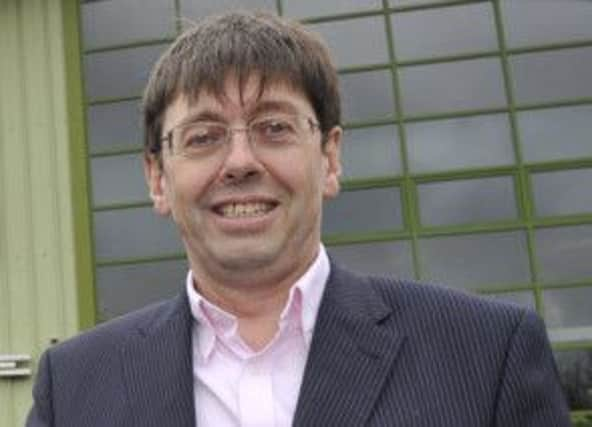Comment: Fibre broadband creating a digital nation


BT has been at the heart of significant change. Hundreds of engineers and contractors have been building a fibre broadband network across Scotland which now passes more than 1.4 million Scottish homes and businesses.
About 200,000 of those premises are now connected to the high-speed network – more than twice as many users as 12 months ago. The fibre rollout has also accelerated rapidly in the last year, passing another half a million premises in Scotland between January and December – a rate of 10,000 premises every week.
Advertisement
Hide AdAdvertisement
Hide AdAnd it’s just as well, as demand for bandwidth has never been greater. Researchers at Mintel predicted that more than 13 per cent of all retail sales this Christmas would come from online shopping, reaching a value of £4.7 billion, with more people than ever before on smartphones and tablets.
Alongside BT’s commercial rollout of fibre, two ambitious partnership projects with HIE, Scottish Government, local authorities and the UK government will see around 95 per cent of Scottish premises passed by fibre broadband by the end of 2017/18.
One major achievement during 2014 was the completion of an ambitious subsea project to lay 400km of cabling across 20 links, which will connect many of Scotland’s islands to the fibre broadband network. Islanders will have access to fibre broadband with speeds around ten times faster than those currently available on most Scottish islands.
While water powered the industrial revolution in the 19th century, wind will power the fibre revolution in Scotland in the 21st century. We announced that 100 per cent of our Scottish operations will be powered by renewable wind energy from the Scottish Borders, a deal worth £300 million over the next two decades.
In summer this year, in partnership with BT, Glasgow became Scotland’s first wireless city with free wi-fi around the city centre. Wi-fi was also provided to 31 community centres in Glasgow to support digital inclusion, giving people a lasting digital legacy.
The last 12 months have seen major progress in Scotland’s journey to being a world-class digital nation, and in the coming year there is lots to do. Rolling out fibre into some of the remotest communities across Scotland is no small task but is one which will provide huge economic and social benefits for generations to come. By the end of 2015, many remote parts of Scotland, including some of our island communities, will have the same level of connectivity as those in the cities.
As Scotland’s digital journey continues during 2015 and beyond, what people and businesses do with their high-speed broadband will be limited only by their imagination. «
Brendan Dick is director of BT Scotland